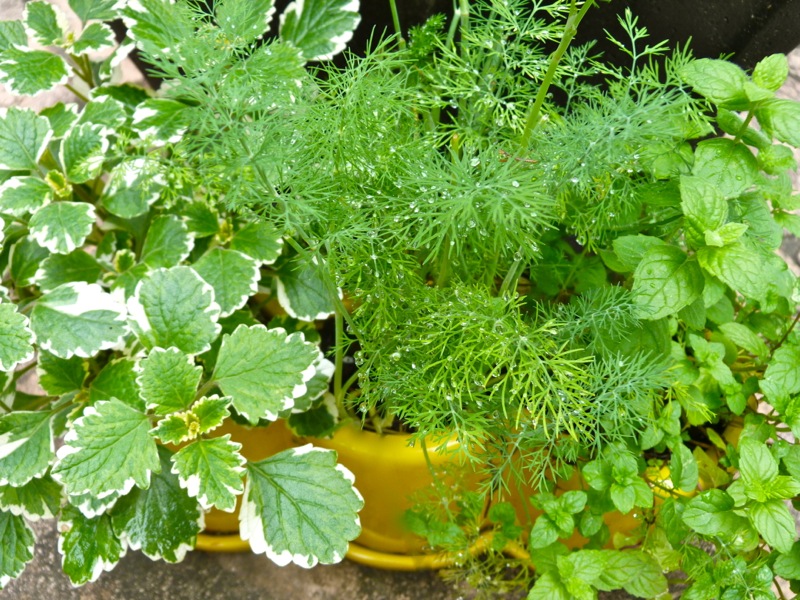Tickled by Cat Whiskers
 Sunday, June 26, 2016 at 5:00PM
Sunday, June 26, 2016 at 5:00PM I was tickled to discover a new plant this year: Orthosiphon aristatus, commonly called Cat Whiskers. It is an unusual plant that comes from the tropics, native to Southeast Asia and Australia. It has beautiful ethereal blooms with long white stamens that look very much like kitty whiskers, thus inspiring its common name.
It is an unusual plant that comes from the tropics, native to Southeast Asia and Australia. It has beautiful ethereal blooms with long white stamens that look very much like kitty whiskers, thus inspiring its common name.
This is a fast growing perennial herb in USDA zones 9-11. In my zone 7b/8a climate it will be an annual. It is not always an easy plant to find. It will grow from seed, but it is much easier to propagate by cuttings. It roots easily in water or soil, so I plan to try to keep some cuttings over winter to replant next spring.
The striking flower spikes come in white or shades of blue. Mine has white blooms with a faint hint of blue.  The flowers fairly glow and would look fantastic in an evening garden. The plant forms a bushy, medium to deep green clump up to 4' high by 3' wide. Mine has been in the ground a couple of months and is about half that large. It will bloom summer into fall and attracts both butterflies and hummingbirds. With its upright growth and spiky flowers, Cat Whiskers will look good with many other garden plants. Use in the mixed border or as an accent plant in the herb or flower garden.
The flowers fairly glow and would look fantastic in an evening garden. The plant forms a bushy, medium to deep green clump up to 4' high by 3' wide. Mine has been in the ground a couple of months and is about half that large. It will bloom summer into fall and attracts both butterflies and hummingbirds. With its upright growth and spiky flowers, Cat Whiskers will look good with many other garden plants. Use in the mixed border or as an accent plant in the herb or flower garden.
Cat Whiskers will grow in full sun to partial shade, though it will bloom best with more sun. This plant likes rich soil and plenty of water. It loves summer heat, but it appreciates a 2 to 3-inch layer of mulch to conserve moisture during hot, dry weather. Removing spent blooms will encourage development of new blooms and will promote density of the plant's architecture. Cat Whiskers is not picky about fertilization, but for maximum blooms fertilize once or twice in spring or summer, more often if it is grown in a pot.
A member of the mint family, in some cultures Orthosiphon aristatus also has a long history as a medicinal plant known as Java Tea and is used to treat kidney symptoms.



